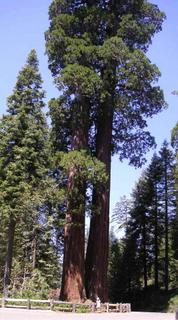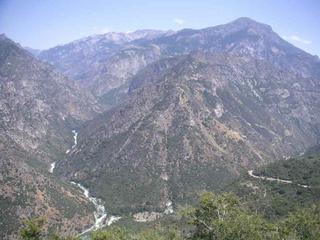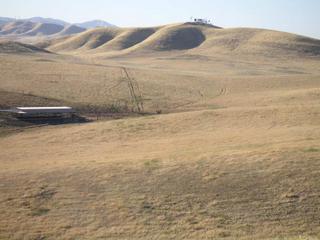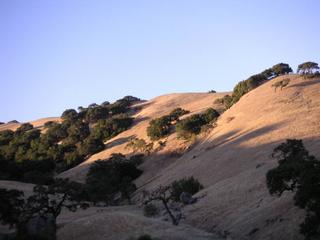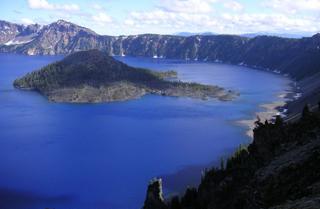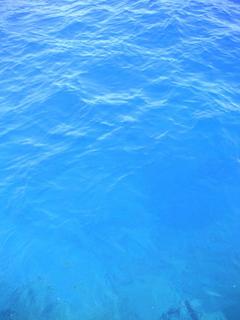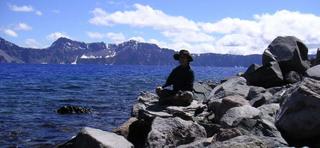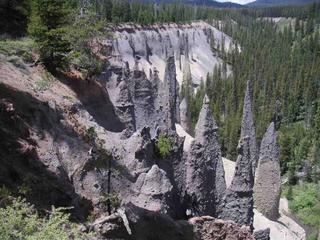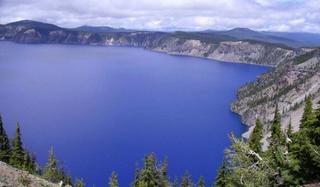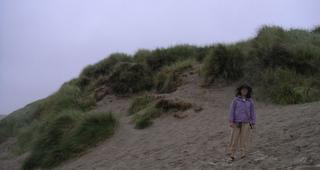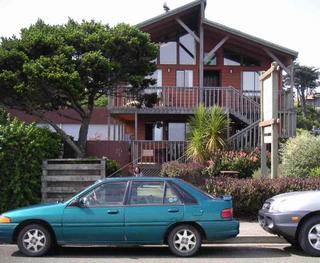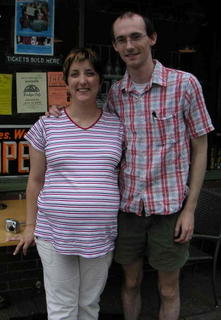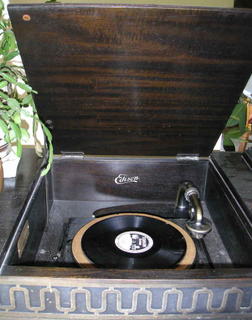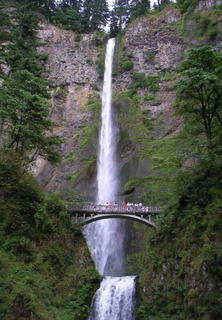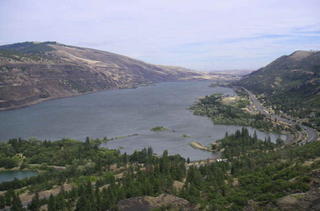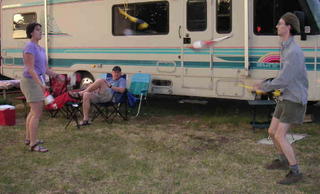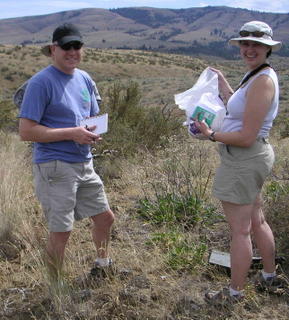July 15th – Sequoia National Park to Bakersfield, CA
On the drive (down a spur road from the main highway through the park) we stopped at the marked highlights. There was the Auto Log, which had been used as something of a driveway for years until it started to decay beyond safe limits. People can still walk on it though, and that we did! We also made a stop at Tunnel Log, which as a tunnel burnt into it, and one can drive a car through it (we did). Moro Rock turned out to be much larger than I had anticipated, and involved walking up about 300ft (mostly on carved stone steps) to get a beautiful, nearly 360-degree vista at the top! Definitely worth the walk up, despite the scary warning signs about death-by-lightning. We also spotted cute Western Fence Lizards, one of which had evidently lost its tail in the past and had regrown another. The meadow walk was really nice too, with more giant sequoias to see and lots of wildflowers and birds and squirrels and chipmunks to see. About 500meters from the busy picnic area/trailhead was a cinnamon bear ripping bark off decaying logs (looking for lunch). Everybody seemed to think this was great, with not a glimmer of concern. While I was very glad to have a chance to see the bear during the walk, I’m used to people showing a little more concern. Especially when we heard that two sows with cubs were resident along the trail. Unfortunately, along with all the wonderful sights, there were also an abundance of mosquitoes and we had forgotten the DEET. Oops!
We drove down the winding road out of the park – at times the posted speed limit was 10MPH because of the sharp turns. Saw more large trees of all kinds, and more yucca plants. We’d seen these arid-climate plants all through this area and were amazed at their flower/fruit stalks. These stalks can stand nearly 10 ft tall, and the plants seem to produce only one before dying off. We’ll need to learn more about yuccas.
It’s another scorching day down at sensible elevations; we just checked the weather channel and found it had been 105F and 30% humidity today. No wonder the drive to Bakersfield was groggy and unpleasant! We even had to stop for road construction – I would have thought that construction season would be anything but summer, given the soaring temperatures here! A lot of smog seems to collect in this valley too (which includes Sacramento and Fresno). We’d originally planned to drive a few hours further, but just wanted to get out of the heat. So here we are at an air-conditioned motel, well fed from the diner/burger place next door, and updating our blog!
Tomorrow will be another scorcher, and we’re going through the Mojave Desert. Note to self and everyone reading this: next time, do this part of the continent during early spring or late fall!
